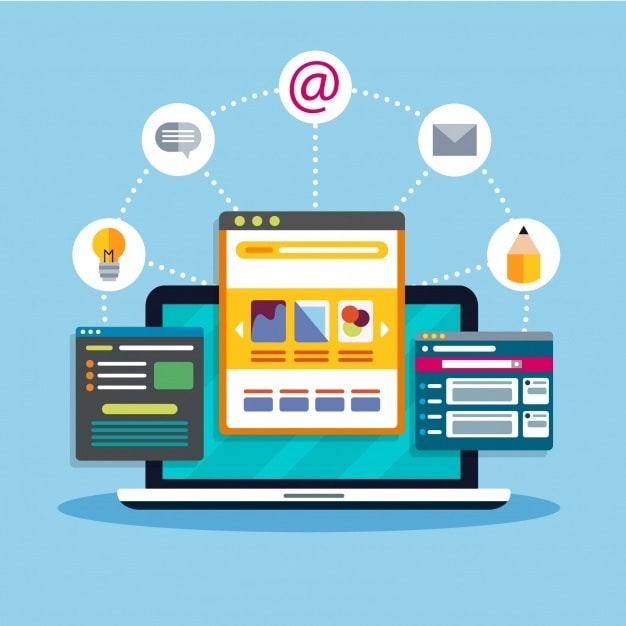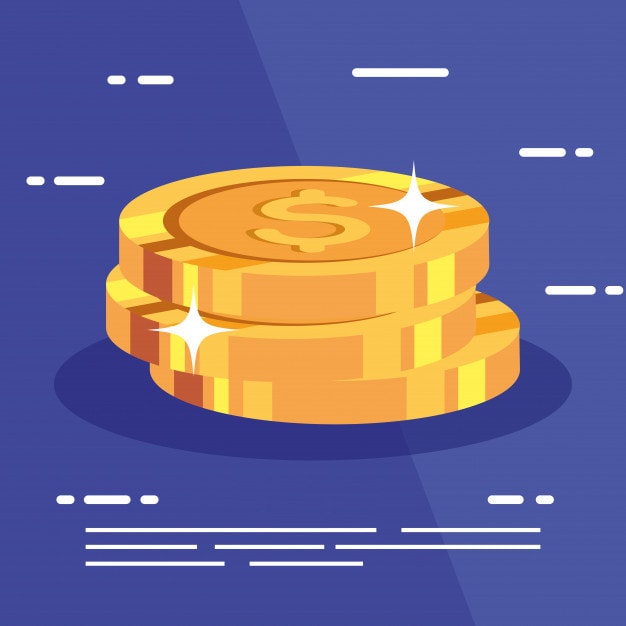E-procurement, or electronic procurement, is a rapid-growing trend in supply chain management. E-Procurement simplifies and streamlines traditional procurement processes by providing an online platform for buyers and suppliers to interact. E-Procurement systems help reduce paperwork, speed up the ordering process, save costs, develop transparent supplier contracts, and more.
The E-procurement process is the purchase or sale of services, supplies, and work conducted via business-to-business, business-to-consumer, or business-to-government via the internet and other similar networking systems like E-data interchange or enterprise resource planning.
Table of Contents
What is E-Procurement?
E-Procurement is the practice of buying goods and services electronically. It involves a streamlined approach to managing a company’s procurement process, from sourcing potential suppliers to creating supplier contracts and tracking orders. E-Procurement makes the entire process more efficient, helping organizations save costs, reduce supply chain disruptions, and stay on top of their procurement teams’ activities.
E-procurement systems are usually built around a set of e-procurement tools that enable functionality such as catalog management, supplier registration, quotes and tenders, contract management, invoice and payment processing, and reporting. E-Procurement system can be an effective way for organizations to manage the procurement process and ensure compliance with relevant procurement practices. E-Procurement can also be used to consolidate supplier contracts, track orders, and monitor cost savings.
How does e-procurement work?
E-procurement is the process of electronically exchanging supplier contracts, purchase orders, and invoices for purchasing office supplies, or any other goods or services. E-procurement uses electronic data interchange (EDI) to streamline the business procurement process and make it faster, more efficient, and cost-effective. E-procurement allows companies to quickly and easily order from their suppliers and manage their purchasing processes online.
At the enterprise level, an officer or a dedicated department sets specific rules and policies for the procurement of goods and services required for the business. The aim is to acquire the needs of the company at the least possible prices or with the best value at the time of need. To achieve this objective, the procurement staff establishes relations with suppliers, sets guidelines, negotiates contracts, and sets purchasing limits on the types of purchases which are allowed.
Also, the limits are on the kind of items on which money can be spent on. There is much software like PurchaseControl, which helps procurement people to automate many processes. These processes include adherence to policy, relations with vendors, and contract management, etc. All this can be done within the system. E-procurement is very convenient as compared to regular procurement because of its many advantages.
E-procurement Software
To implement and execute e-procurement software, you should select software and set it up. There are many features and functions which vary widely depending on the vendor that you choose, the industry that you work in, your products, etc.
PurchaseControl is a software that offers almost everything which a company may require for executing the e-procurement process successfully.
With that software, you can reduce or eliminate paper-based processes. The software is fully automated, which reduces the time required for the execution of operations as well as the chances of error.
This software allows employees to browse through a lot of catalogs online and select the items they want to buy. It also allows employees to manage their subscriptions and purchases, which were created during the initial setup.
There is a lot of information stored in software right from items from different supplies which are approved by the procurement department. These vendors are with established relations, and the contracts will be stored in PurchaseControl along with the contact info of the vendor as well as payment terms which would make things easier.
The software also stores a list of times and respective vendors from which they are available. This also ensures that no one requesting items or making purchases can buy anything which is beyond their budget or not compatible with the IT Structure of the company.
Also, there is much other general e-procurement software that is customized for retail, 3PL as well as warehouse management.
E-Procurement Value Chain
The E-procurement value chain consists of
1. E-informing
This step precedes the purchasing process and gathers and distributes the purchase information with the help of the internet. Sharing of info means the extent to which critical and proprietary info is told to a supply chain partner.
This process takes place primarily in Enterprise Resource Planning (ERP)
2. E-tendering
The objective of e-tendering is to enhance the tendering process for procuring specialized works, goods, or other consulting services of high value but low volume.
3. E-auctioning
It is the process of conducting an auction to sell natural resources, assets, or other goods on the internet via competitive bidding. Electronic auction provides more transparency as compared to a physical sale.
4. Vendor management
When the contracting authority tries to control costs and drive excellence in services, vendor management takes place. It helps to mitigate risks to gain additional value from their vendors.
5. Catalogue management
It is a strategic process that begins when suppliers publish their product portfolio electronically, and the products are made available to buyers to procure services or goods electronically and also appears.
In contrast, product catalog management ensures the quality of product data across different sales channels.
6. E-purchasing
Contrary to e-Tendering, e-Purchasing is used to purchase goods and services which have high volume but low value. It simplifies the process of buying products and services.
The essential components of this system are complex, and system development is needed.
7. E-Ordering
The process of creating and approving the purchase request for placing as well as receiving the ordered products with the help of software improves the performance of the supply chain drastically.
When ordering goods online, the ordered goods and services are not related to the product. In the case of ERP, the goods and services are related to the product.
8. E-Invoicing
It is defined as any method which is used to generate an invoice electronically and is given to a customer for payment. In large corporations, the department of accounts payable is responsible for the invoices which are to be approved, processed as well as paid.
9. E-Contract management
This is the management which consists of managing payments, receivables, settlement of contracts, variations in contracts, auditing, performance securities, and all the relevant control activities and their electronic variation.
What are the benefits of e-procurement?
E-procurement has several significant advantages to the companies as follows:
1. Cost reduction
E-procurement software has a built-in tool that helps to maximize performance and reduce costs at the same time, which not only reduces overhead but also minimizes paperwork.
The software is fully automated, which streamlines the processes and will result in fast cycles right from creating an order to its completion. Also, there is an opportunity for a more excellent selection of products and services.
2. Shortening purchase cycles
The centralized transaction tracking simplifies the reporting of orders, requisitions, and payments. It also ensures compliance with the contract. All of these will result in shorter delivery timings.
The customer has electronic access to all the available products and services.
4. Improved control of inventory
The products can be located instantly from preferred supplies by procurement people. The purchases they can make are limited, which makes the inventory better controlled.
5. Transparency
All of the purchase information is centralized and is made available to management, shareholders, and internal as well as external stakeholders as deemed appropriate.
This is useful, especially in the case of government procurement, where every bidder gets an equal opportunity. The transaction costs are lowered since competition increases in e-procurement.
Since there are easier accessibility and openness to the internet, more and more people now have access to information which earlier they did not.
What are the challenges of e-procurement?
E-procurement is an important part of supply chain management, as it helps to streamline the procurement process and reduce costs. However, there are a few challenges associated with e-procurement that businesses should be aware of such as-
1. Tech dependency
E-procurement is a technology-dependent process, and any disruption or failure in the system can lead to a disruption in the entire procurement cycle. E-procurement also requires the use of an integrated IT system for full automation, and businesses must ensure that their systems are up to date to maintain an efficient procurement process.
2. Data security
E-procurement requires businesses to store sensitive data online, making it vulnerable to cyber-attacks. Businesses must take the necessary steps to ensure that their e-procurement systems are secure and protected against any malicious activities.
3. Complexity and integration
E-procurement often requires complex and multi-layered integration with other systems such as ERP, EAM, etc. This can become a challenge for businesses, as it may require additional investments in new technologies or training. Additionally, the complexity of e-procurement processes can cause delays in order processing and other tasks.
4. Errors and miscommunication
The manual data entry associated with e-procurement can cause errors in the procurement process. This can lead to delays, miscommunications and incorrect orders, leading to costly mistakes. Businesses must ensure they have a system in place to prevent such errors from occurring.
E-procurement Applications
E-procurement in government
E-procurement has been widely adopted by governments around the world as a way to help streamline and automate procurement processes. E-procurement helps government agencies more easily manage their supply chain, reduce costs, and stimulate economic development by allowing them to purchase goods and services electronically.
E-procurement in healthcare
E-procurement has become increasingly used in healthcare to help manage and control supply costs. E-procurement solutions enable hospitals and other healthcare organizations to automate their purchasing processes, reduce paperwork, standardize pricing, streamline inventory management and reporting, and save money by helping them buy goods and services at the best possible prices.
E-procurement in education
E-procurement has become a popular tool for educational institutions to help streamline their purchasing processes. E-procurement solutions help educational institutions reduce paperwork, manage and control supply costs, standardize pricing, simplify inventory management and reporting, and more easily track their spending.
E-procurement in commercial businesses
E-procurement solutions have become popular in the corporate world as a way to modernize, simplify, and automate procurement processes. E-procurement helps businesses more easily manage their supply chain, reduce costs, and stay competitive by allowing them to purchase goods and services electronically.
Conclusion!
E-procurement is a powerful tool for businesses of all sizes to streamline their procurement processes, reduce costs, and gain an advantage in the global marketplace.
E-procurement systems can help increase efficiency and ensure that purchases are made quickly and accurately.
E-procurement offers a wide array of features and functions, such as automated requisition and purchasing processes, real-time ordering and tracking, cost comparison analysis tools, and more.
Liked this post? Check out the complete series on Marketing



this is very useful and educating.